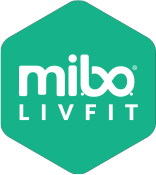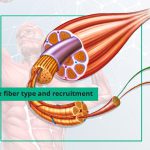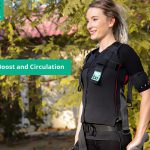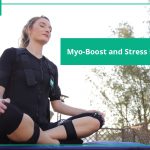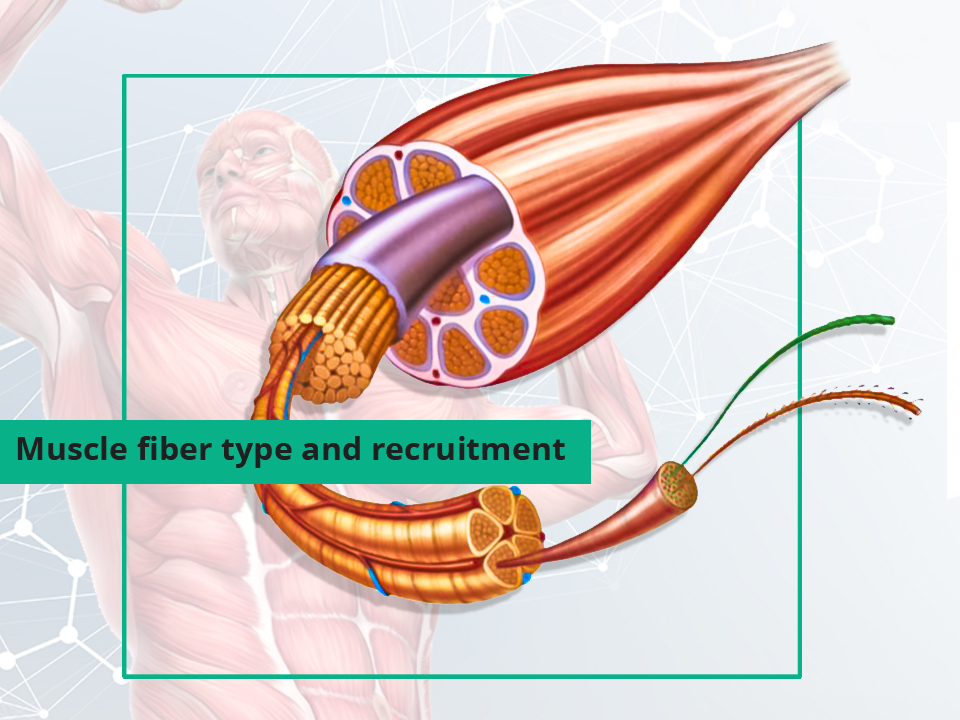
MUSCLE FIBER TYPE
The muscles we have in our body are comprised of both fast and slow twitch fibers. When training, it is optimal to train for both and not to miss out a particular group of fibers or their benefits, as they both work and perform differently. Both types of fibers are found in our muscles but the percentage of either fiber can vary from person to person due to genetics. When we get stronger or “build muscle” our muscle fibers become thicker and longer as we build more muscle cells. These extra cells make muscle fibers denser and / or bigger depending on the type of training we do, they also become more efficient and we get better at recruiting more muscle fibers. How we train affects our bodies and we can train to target the different fibers. The composition of the muscle fibers themselves is quite different between the 2 types.
Type 1 fibers, also known as slow twitch or red muscle have characteristics that help them specialize in more aerobic activity. For example, there is a higher density of mitochondria which is where ATP is produced (Adenosine Triphosphate). This is required for the bio-chemical reaction in any muscular contraction, the slow twitch fibers primarily use oxygen for this. There is also more Myoglobin – the protein which takes oxygen to the muscle cells for energy and the muscle fibers themselves are surrounded by more capillaries. All these factors allow the fibers to sustain themselves for longer periods of time with greater ability to access and use oxygen. Slow twitch muscle fibers also have a low activation threshold. This means that they are the first recruited and then if they cannot generate the force output needed for the movement then additional fibers are recruited until the fast twitch also come in. When a person trains regularly they become better at recruiting muscles fibers, this increases ability and performance as activation and recruitment of more muscle fibers means a stronger force of contraction. Due to the nature of type 1 fibers they can sustain a force output for longer (as they are mainly aerobic) but the force is not as much of that of the type 2 fibers.
Type 2 fibers, also known as fast twitch or white muscle are used for powerful, explosive and rapid movements. These fibers are typically larger than type 1, have a higher contraction speed and take less time to reach peak force output. These fibers are recruited when the type 1 fibers cannot deliver the force output needed to perform the movement. Type 2 fibers naturally have less mitochondria, myoglobin and surrounding capillaries. This means they are not set up like the type 1 fibers for sustained activity and oxygen is more difficult to obtain. Due to this the bio-chemical reaction will more often take place without oxygen resulting in high lactic acid production. This means they cannot sustain themselves for long and fatigue rapidly. This makes sense as naturally, humans and other living creatures will not be sprinting or performing explosive movements the majority of the time, more time is spent walking, or roaming. It is only during short bursts such as chasing prey or running away from a predator, jumping, climbing or other plyometric movements that access to the fast twitch fibers is needed. The body is a clever machine and conserves energy wherever possible, so just like how new muscle cells are broken down for energy if we don’t use them, the extra network of capillaries, mitochondria and amounts of myoglobin are reserved for the slow twitch fibers we are constantly using for activities like holding posture.
Usually it is more difficult for a person to activate fast twitch than slow twitch fibers, especially in today’s modern world with a society of inactive jobs etc. For a lot of people who are sedentary they could even go weeks, months or even years without ever activating or using any of their fast twitch fibers! This is due to the fact they never go above the activation threshold, this includes movements that need power, weight bearing exercises, explosive or plyometric movements. It is of course possible to keep your muscles in optimal condition by training and incorporating this type of exercise into your daily activities, however these movements are not suitable or achievable for many people whether they have injuries, are unconditioned or are just starting out on their fitness journey. Myo-Boost allows people the chance to start training their fast twitch fibers along with the others from the very beginning of their training regime as it overrides the body and brains natural recruitment pattern and activates a much, much higher percentage of muscle fibers. This means a person can access strengthening of their fast twitch fibers without having to be physically able to perform advanced exercises such as explosive box jumps or sprinting as fast as they can. Of course, if we have no limitations this should be a target for everyone but Myo-boost training can help bridge that gap allowing you a quicker, smoother start to your training.
